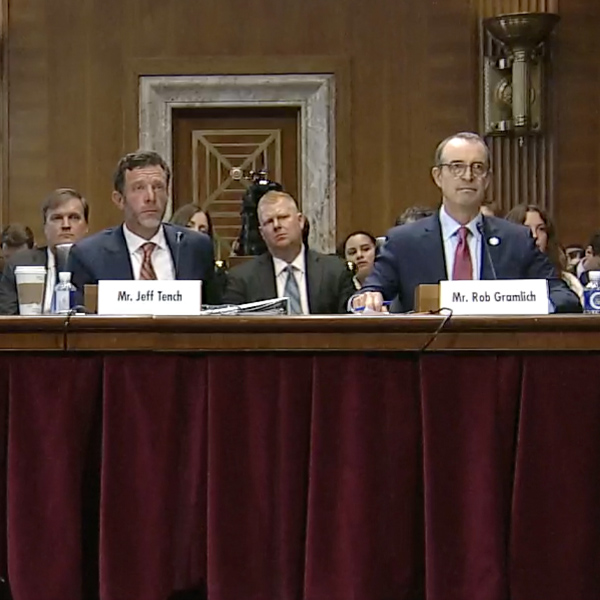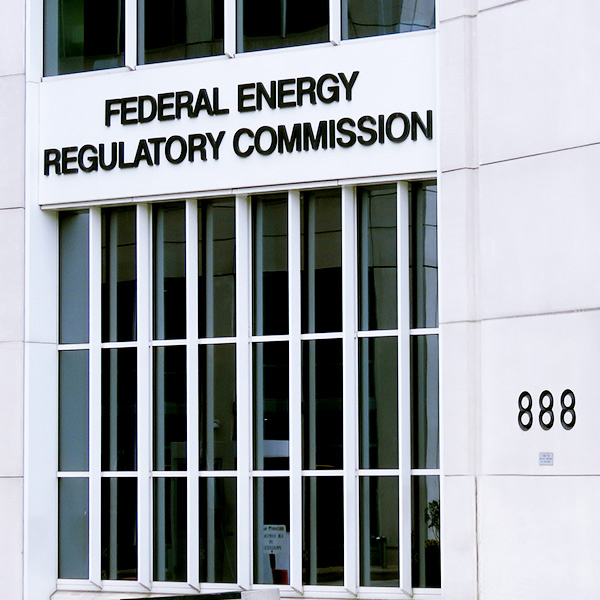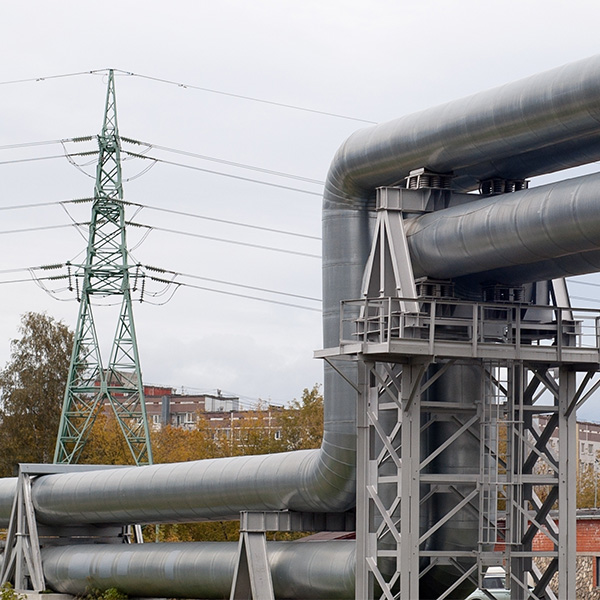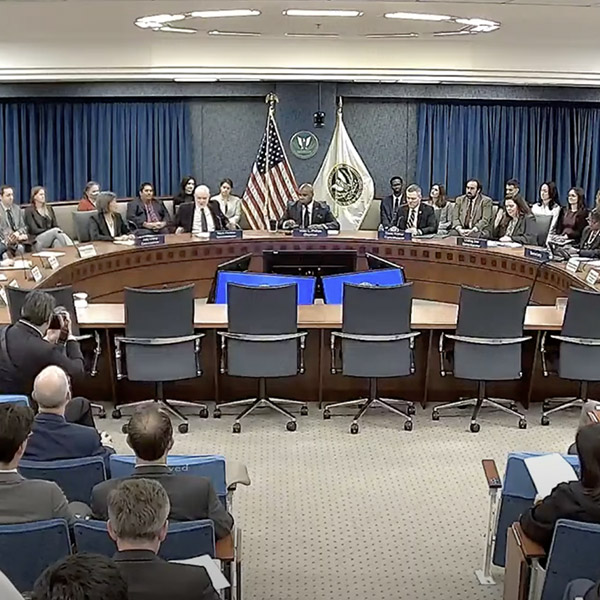Rob Gramlich
The Senate Energy and Natural Resources Committee held a hearing on the growing demand for power and how to address it.
The current state of transmission policy was examined at an Infocast conference that went into the possibility for a permitting bill and looked at the implementation of recent FERC orders.
FERC watchers took issue with an executive order from the White House that seeks to exert more control over independent regulatory agencies, worrying it will upset the system for approving infrastructure at a time when more investments are needed.
President Trump's executive orders on energy are not enough on their own for the industry to meet the rising demand for AI and data centers, and experts say another attempt at permitting reform is needed.
FERC approved Order 1920-A, addressing rehearing arguments from the previous order by granting states more guarantees that their views on cost allocation would be considered, among other changes.
Change is coming to FERC after Tuesday's election, but the policies the agency oversees are rarely top of mind during campaigns, so it is unclear how much will be different.
Advanced transmission technologies can help utilities meet the rising levels of demand that are stressing the grid, according to a report from the Massachusetts Institute of Technology’s Center for Energy and Environmental Policy Research.
The return to demand growth in the electric power industry has been a major theme this year, and it dominated the discussion at NARUC's Summer Policy Summit.
FERC Order 1920 could help move the bar significantly on more efficiently expanding the transmission grid, but its ultimate success depends on how it and other policies are implemented, stakeholders say.
Angst over looming load growth, cost increases and reliability headaches headlined the 76th annual New England Conference of Public Utilities Commissioners Symposium.
Want more? Advanced Search









